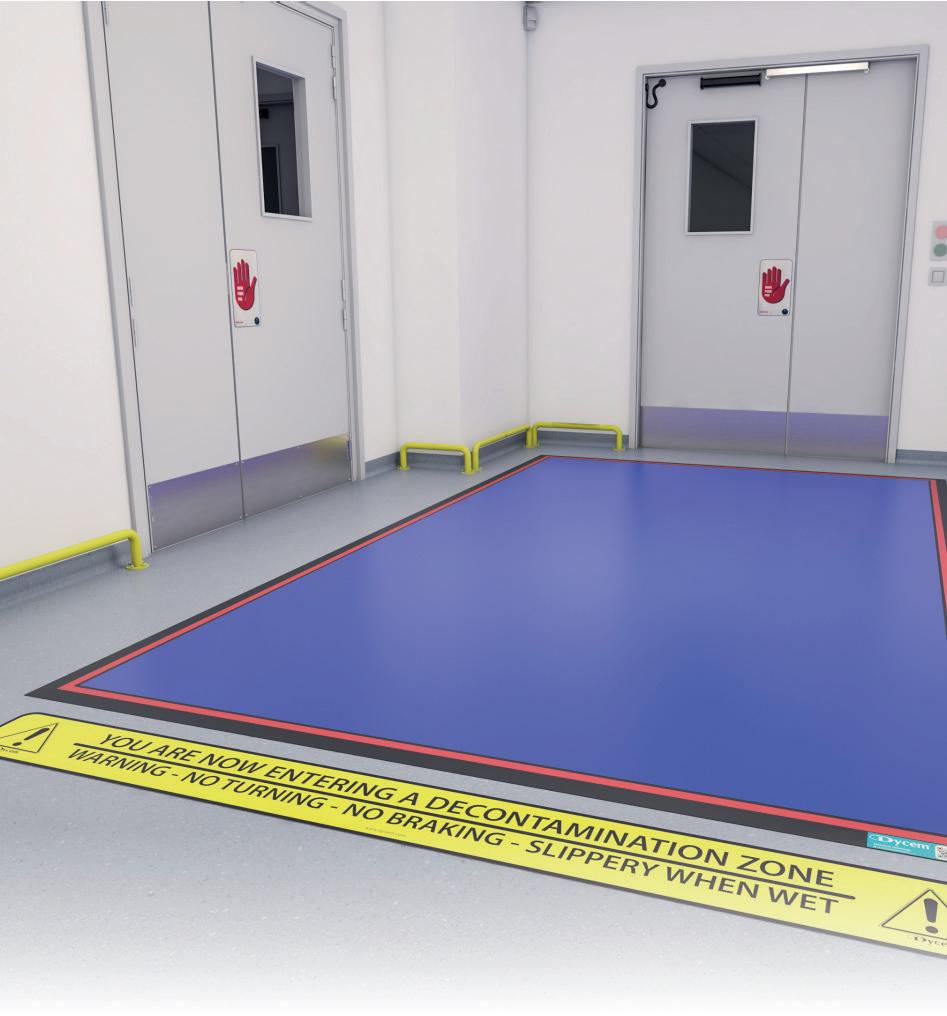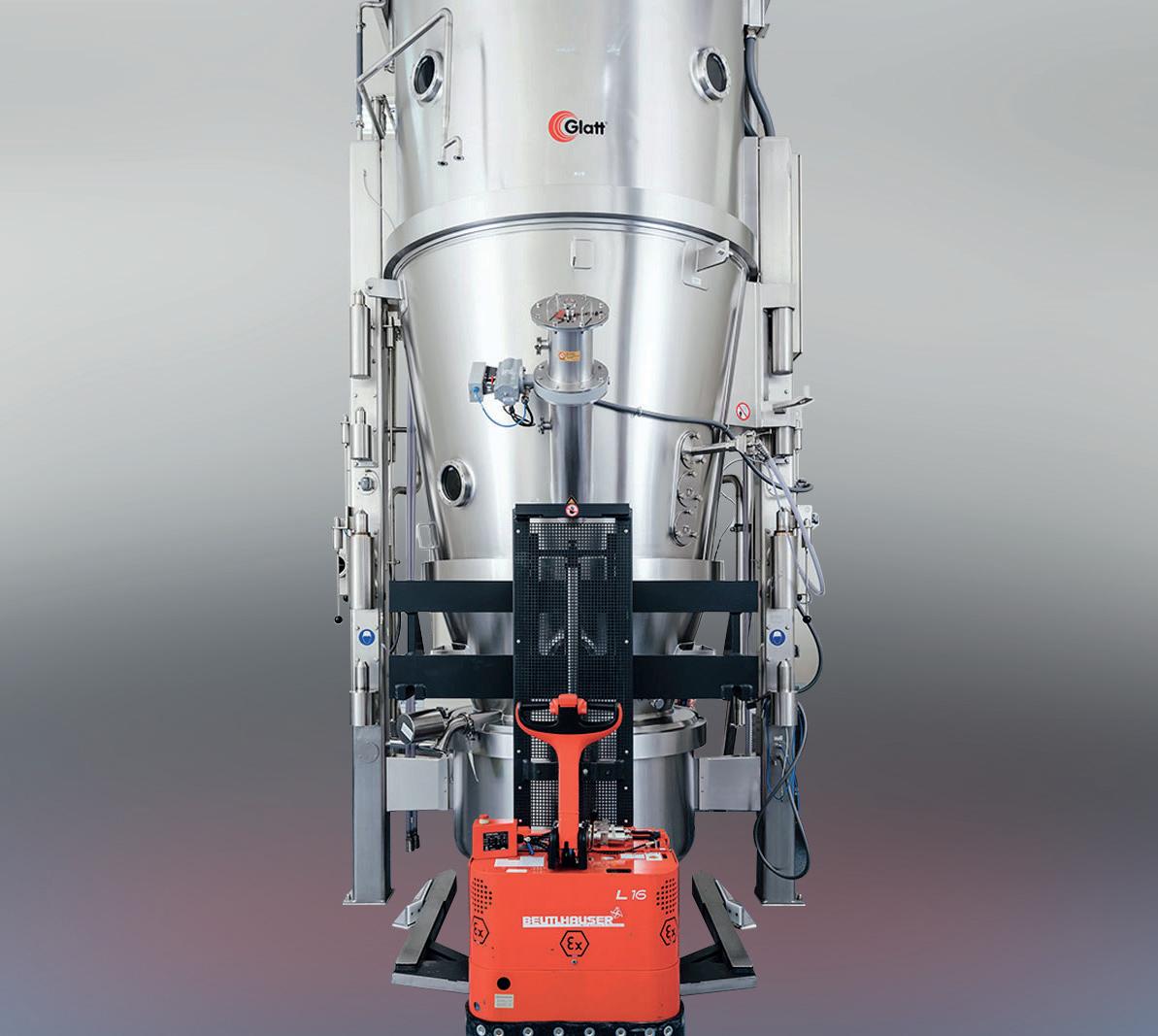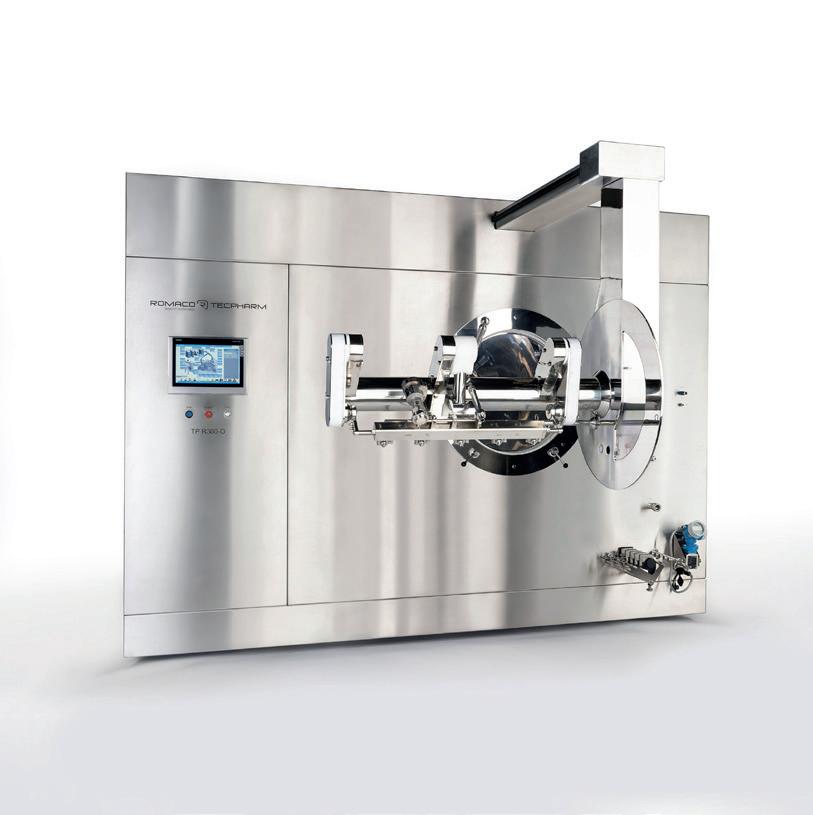
4 minute read
GEODIS – THE ROLE OF THE PHARMA FREIGHT FORWARDER
from EPM July/August 23
by EPM Magazine

The Global pharmaceutical supply chain is constantly growing. An ever-increasing stream of medicinal products moving around the world until finally reaching their end destination. Drugs are moved from A to B, quick hop on an Aeroplane, Truck or Ship and away it goes. Sounds easy right?
The pharmaceutical supply chain is complex and if you’re a named Responsible Person within a wholesaler or manufacturer then you will be well acquainted with the plethora of GDP regulations applicable to your country, region, and scope. Despite all the regulatory guidance, rules, symposiums, trainings, guides, or country there just never seems to be enough information on what happens to the medicinal product during the global distribution process. The easiest way to move ANY cargo is to subcontract a Freight Forwarder. That’s where GEODIS come in.
Regardless of commodity, the role of the Freight Forwarder within any supply chain is vital. In simplest terms, the Forwarder is an expert company who manages your cargo from the minute it leaves your warehouse to the moment it’s handed over to your customer, wherever in the world that may be. We handle the carriers, sub-contractors, export/import documentation, customs, and warehousing on your behalf, using our global offices for end-to-end network connectivity.
Pharmaceutical cargo is distributed on passenger and cargo aircraft just like any other commodity; and there are a hundred ways this can result in temperature excursions, security threats, damage to product, contamination… the list goes on. Once the cargo has been handed over to the carrier, neither the Forwarder nor Shipper are in physical possession of the goods, but we are both still responsible for maintaining the integrity of the product throughout.

‘How do we achieve this?’, I hear you ask. How do we keep a medicine, travelling to the other side of the world in a 39°C climate wearing nothing but a thermal blanket within product storage conditions? I’m not going to go into too much detail because that would be akin to Grandma sharing the secret family recipe but what I can do, is give you a brief overview of how controls and risk mitigation implemented at origin can make a world of difference to ensuring pharmaceutical cargo arrives in optimum condition.
When a pharmaceutical shipper comes to us and asks to book a pharmaceutical shipment, we don’t simply go out to our carriers and see who comes back with the best price. There is a raft of information that we need to ascertain before we can think about the logistics:
● At what temperature do the goods need to be stored?
(See page 182 of our favourite Green Guide)
● What temperature management packaging is being applied to this shipment?
● Is the shipper applying the temperature management packaging or will GEODIS apply it?
● If the shipper applies the temperature management packaging, what is the validated time/transport period and under what conditions is it validated for?
● Where is the customer located in terms of nearest Airport?
● Has the customer requested a temperaturecontrolled collection?
● Do we have an approved route risk assessment in place for this shipper on this lane?
● Who are our carrier options?
● What are the Ground Handling capabilities at global hubs?
● What is the climate at the carrier hubs planned in the routing?
● Does the shipment contain controlled-drugs or Dangerous Goods?
● Does the requested destination come under export-control regulations?
● Are shippers applying data loggers?
● Do the loggers contain lithium-ion batteries that come under the IATA DGR?
All this information is then pulled together to create a distribution solution for pharmaceutical export/import. For every single shipment. We will then proceed to book the appropriate pharma & temperature-control service with the carrier using the most direct route with the lowest risk to product. What this means is the pharmaceutical cargo will be stored under temperature-controlled conditions where possible. It looks like this (simplified version):
1. Pick-up from customer (temperature-controlled truck)
2. Cross-docking and export labelling at the Forwarder warehouse (controlled facility)
3. Delivery to the Ground Handling Agents at Airport (temperature-controlled truck)
4. Storage at the GHA awaiting flight (controlled facility)

5. Transfer to the apron (uncontrolled in most circumstances)
6. Loading Aircraft (uncontrolled)
7. Flight (controlled providing animals aren’t on board)
8. Unloading Aircraft (uncontrolled)
This is for one transport leg and direct flights aren’t always available, so steps 4-8 above could be repeated more than once depending on the destination, and the capabilities of temperaturecontrol will differ throughout the global airports. We manage global carrier and GHA capability using an expansive route risk assessment programme tailored to each customer individually. This is then shared with our customers to create ‘approved’ lane programmes. Exporting to Sydney in August will have different risk considerations than exporting to Toronto in December and risk must be managed accordingly using climate data, temperature management packaging and process-controlled distribution. A collaborative approach between Forwarder and Shipper is essential for supply chain success and GEODIS will provide comprehensive route risk assessments allowing the Shipper to make evidencebased decisions that are underpinned by risk management.
GEODIS has been ahead of the pharmaceutical distribution game for some time now, growing pockets of excellence, honing technical expertise, and tailoring ultrabespoke solutions for some of the biggest names in the pharmaceutical industry. Over the past two years, we have taken this another step further as an organisation and implemented IATA CEIV Pharma throughout our Global Network in 26 hubs over 21 countries and heavily invested in temperaturecontrolled infrastructure to accommodate the everexpanding pharmaceutical market.
I am the Responsible Person named on the UK WDA(H) licence and manage GDP for Europe, with a background in pharmacy. If you would like more information on anything I’ve discussed here, please feel free to contact me.
JENNA CORDERY
Responsible Person –WDA(H) 43825
Regional GDP Manager –Europe
Jenna.Cordery@Geodis.com
GEODIS Freight Forwarding Geodis.com










